Home>Furniture>Outdoor Furniture>How To Prevent Green Algae On A Patio
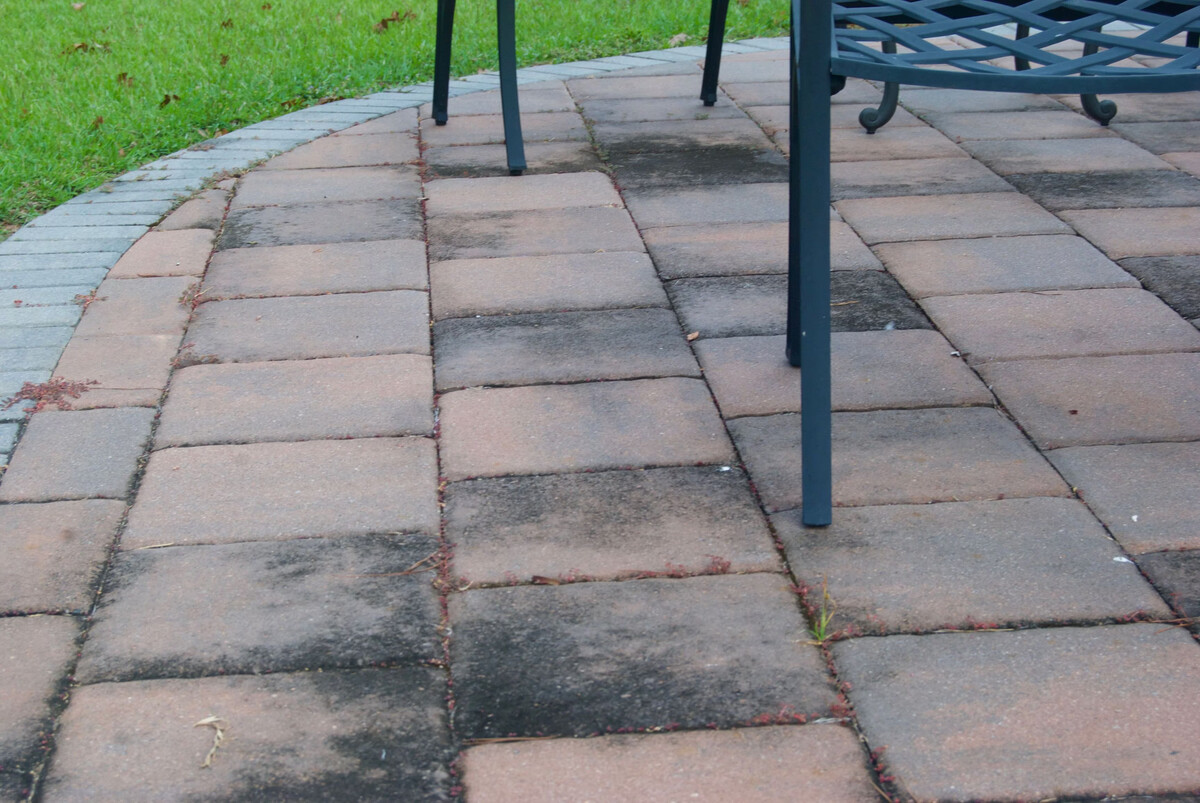

Outdoor Furniture
How To Prevent Green Algae On A Patio
Modified: August 27, 2024
Learn how to prevent green algae on your patio and protect your outdoor furniture. Follow our tips and keep your patio clean and algae-free.
(Many of the links in this article redirect to a specific reviewed product. Your purchase of these products through affiliate links helps to generate commission for Storables.com, at no extra cost. Learn more)
Introduction
Welcome to our comprehensive guide on how to prevent green algae on a patio. If you’re a proud homeowner with a beautiful patio, you know how important it is to keep it clean and well-maintained. Green algae can be a common problem, especially in outdoor areas with high humidity or frequent rainfall. Not only can green algae make your patio look unsightly, but it can also create a slippery and hazardous surface.
In this article, we will delve into the causes of green algae growth on patios and explore the importance of preventing it. We will also provide you with a range of tips and strategies to help you keep your patio algae-free and looking its best. By following these preventative measures, you can prolong the lifespan of your patio and create a safer, more enjoyable outdoor space for yourself, your family, and your guests.
Key Takeaways:
- Preventing green algae on your patio is crucial for safety, longevity, and aesthetics. Regular cleaning, proper drainage, and choosing algae-resistant materials are effective strategies to keep your outdoor space clean and safe.
- Utilizing algae-prevention solutions, such as inhibitors and coatings, can create a protective barrier against algae growth. By incorporating these measures, you can ensure a clean, safe, and enjoyable patio for years to come.
Read more: How To Prevent Algae Growth On A Brick Patio
Understanding Green Algae
Before we dive into the prevention methods, it’s important to have a clear understanding of what green algae is and how it can affect your patio. Green algae, scientifically known as Chlorophyta, is a type of simple plant-like organism that thrives in moist and shady environments.
When conditions are favorable, such as high humidity, warm temperatures, and limited sunlight, green algae can quickly multiply and form a thin layer on various surfaces, including your patio. This layer is often green or greenish-black in color and has a slimy or slippery texture.
Green algae growth is not only a cosmetic issue but also a potential safety concern. When algae accumulates on the patio surface, it can create a hazardous environment that leads to slip-and-fall accidents. Additionally, green algae can damage the patio material over time, causing discoloration, erosion, and even structural problems.
While green algae can appear on any type of patio material, it tends to be more prevalent on surfaces that are constantly exposed to moisture, lack proper drainage, or receive limited sunlight. Examples include concrete, stone, wood, and even composite decking.
By understanding the characteristics and risks associated with green algae, you can take proactive measures to prevent its growth and protect your patio investment.
Causes of Green Algae Growth on Patios
Green algae growth on patios can be attributed to several factors. Understanding these causes can help you address the root of the issue and implement effective prevention strategies. Here are some common causes of green algae growth on patios:
- Moisture: Green algae thrives in damp environments. If your patio is not properly draining water or is constantly exposed to moisture due to nearby plants, sprinklers, or poor ventilation, it becomes a perfect breeding ground for algae.
- Shade: Lack of sunlight inhibits evaporation and creates a favorable environment for algae growth. If your patio is shaded by trees, structures, or neighboring buildings, it may receive limited sunlight, promoting the growth of green algae.
- Humidity: High humidity levels can contribute to the growth of green algae. In regions with humid climates, patios are more prone to algae growth due to increased moisture content in the air.
- Lack of airflow: Poor air circulation can result in trapped moisture on your patio. If your outdoor space doesn’t have proper ventilation, the stagnant air can create ideal conditions for algae to flourish.
- Organic matter: Leaves, debris, and other organic matter that accumulate on your patio can provide nutrients for algae growth. When these materials decompose, they release organic compounds that serve as food for algae.
It’s important to note that these causes often work together to create an environment conducive to green algae growth. By addressing these underlying causes, you can effectively prevent algae from taking hold on your patio and maintain a cleaner, healthier outdoor space.
Importance of Preventing Green Algae on a Patio
Preventing green algae on your patio is more than just maintaining its visual appeal. There are several important reasons why it’s essential to take proactive measures to prevent algae growth:
- Safety: Algae-covered patios can be extremely slippery, especially when wet. This poses a significant safety risk for anyone walking on the surface, increasing the chances of slip-and-fall accidents. By preventing green algae growth, you create a safer environment for yourself, your family, and your guests.
- Longevity: Green algae can cause significant damage to your patio over time. The slimy layer can erode the surface, leading to discoloration, cracks, or even structural issues. By preventing algae growth and regular cleaning, you can extend the lifespan of your patio and save on costly repairs or replacements.
- Curb Appeal: A patio covered in green algae can be an eyesore and detract from the overall aesthetic appeal of your outdoor space. By keeping your patio algae-free, you can enhance the beauty of your home, create a more inviting atmosphere, and increase your property’s curb appeal.
- Health: Green algae can release spores and allergens into the air, potentially causing respiratory issues, especially for those with allergies or sensitivities. By preventing algae growth, you prioritize the health and well-being of yourself and your loved ones.
- Time and Effort: Regularly cleaning an algae-infested patio requires significant time and effort. By implementing preventive measures, you can save yourself the hassle of frequent cleaning and maintenance, allowing you to enjoy your outdoor space with minimal upkeep.
Overall, preventing green algae growth on your patio is crucial for safety, longevity, aesthetics, and the well-being of those who use the space. By proactively addressing and managing this issue, you can ensure that your patio remains a beautiful and enjoyable part of your home for years to come.
Tips for Preventing Green Algae Growth
Now that we understand the importance of preventing green algae on a patio, let’s explore some effective tips and strategies to keep your outdoor space clean and algae-free:
- Ensure proper drainage: Good drainage is essential for keeping your patio dry and preventing the accumulation of stagnant water. Ensure that your patio has a slope or proper drainage system in place to prevent water from pooling.
- Promote sunlight exposure: Trim back any nearby trees or shrubs that may be shading your patio. By allowing more sunlight to reach the surface, you can discourage algae growth.
- Improve airflow: Increase air circulation around your patio by strategically placing fans or ventilation openings. This helps prevent excess moisture buildup and reduces the chances of algae growth.
- Regularly clean and sweep: Clean your patio regularly to remove any leaves, dirt, and debris that can create a breeding ground for algae. Sweep the surface and remove any organic matter promptly.
- Use a power washer: Use a power washer or a high-pressure hose to give your patio a deep cleaning. This helps remove stubborn algae and prevents its regrowth.
- Avoid over-watering plants: When watering your plants near the patio, be mindful not to oversaturate the area. Excess water can seep into the patio surface and contribute to algae growth.
- Use vinegar or bleach solutions: If you already have algae on your patio, you can use a mixture of vinegar or bleach diluted in water to kill and remove the algae. Be sure to follow the instructions and rinse the area thoroughly afterward.
- Choose algae-resistant materials: When building or renovating your patio, consider using materials that are naturally resistant to algae growth, such as porcelain tiles, composite decking, or concrete with an algae-resistant coating.
- Apply algae-prevention products: There are various algae-prevention products available in the market, including algae inhibitors, coatings, and sealants. These products can help create a protective barrier that inhibits algae growth.
By implementing these preventative measures, you can significantly reduce the likelihood of green algae growth on your patio. Remember to regularly maintain your patio and be consistent with your cleaning efforts to ensure long-term success in keeping algae at bay.
Regularly sweep and clean your patio to remove debris and organic matter that can contribute to algae growth. Consider using a pressure washer or a mild bleach solution to clean and prevent green algae.
Read more: How To Remove Green Algae From Decking
Regular Cleaning and Maintenance
Regular cleaning and maintenance are essential for preventing green algae growth on your patio. By incorporating these practices into your routine, you can keep your outdoor space clean, safe, and algae-free. Here are some tips for effective cleaning and maintenance:
- Sweep or brush: Use a broom or brush to remove loose debris, leaves, and dirt from the patio surface. Regular sweeping helps prevent the buildup of organic matter that can contribute to algae growth.
- Power washing: Periodically power wash your patio using a high-pressure hose or a pressure washer. This helps remove stubborn algae, dirt, and grime, keeping your patio clean and minimizing the chances of algae regrowth.
- Scrubbing: For areas with stubborn algae or stains, you can scrub the surface with a stiff brush and a mild detergent solution. This loosens the algae and helps eliminate it more effectively.
- Rinse thoroughly: After cleaning or scrubbing your patio, make sure to rinse the surface thoroughly with clean water. This removes any residue or cleaning products that can potentially damage the patio material or attract more algae growth.
- Inspect for cracks or damage: Regularly inspect your patio for any cracks, gaps, or damage that may be conducive to water stagnation or moisture buildup. Repair these issues promptly to prevent algae growth and further deterioration.
- Remove potted plants: If you have potted plants on your patio, regularly lift them to ensure that water isn’t trapped beneath them. Stagnant water from overwatering can contribute to algae growth.
- Trim vegetation: Keep nearby vegetation, such as bushes or trees, properly trimmed. This helps promote airflow and sunlight exposure, reducing the conditions favorable for algae growth.
- Seal or coat the patio: Consider applying a sealant or coating to your patio surface. This helps create a protective barrier against algae growth and makes future cleaning easier.
- Stay consistent: Consistency is key when it comes to cleaning and maintaining your patio. Set a regular schedule for cleaning and stick to it, especially during rainy seasons or when algae is more likely to flourish.
By incorporating these cleaning and maintenance practices into your patio care routine, you can minimize the risk of green algae growth and keep your outdoor space looking clean, fresh, and inviting.
Removing Existing Green Algae
If you already have green algae on your patio, it’s important to remove it promptly to prevent further growth and restore the cleanliness of the surface. Here are some effective methods for removing existing green algae:
- Vinegar solution: Create a mixture of equal parts water and white vinegar. Apply the solution directly to the algae-covered areas and scrub with a stiff brush. Rinse the surface thoroughly afterward to remove any residue.
- Bleach solution: Dilute 1 part household bleach with 4 parts water. Apply the solution to the algae-infested areas, allow it to sit for a few minutes, and then scrub with a brush. Be cautious when using bleach, as it can potentially discolor certain patio materials. Rinse the area well after using bleach.
- Commercial algae remover: There are numerous algae removal products available in the market specifically formulated to kill and remove algae from outdoor surfaces. Follow the instructions provided by the manufacturer for optimal results.
- Pressure washing: Use a pressure washer with a concentrated nozzle to blast away the algae. Start at a lower pressure setting and gradually increase if necessary. However, be cautious when using pressure washers on delicate or older patio materials as they can cause damage if not used correctly.
- Manual removal: For smaller areas and less stubborn algae growth, you can manually scrape or scrub the algae off the patio using a stiff brush or scraper. Be thorough in removing all traces of algae to prevent regrowth.
- Hot water treatment: If you don’t have access to cleaning solutions, pouring hot water directly onto the algae-covered areas can help loosen the algae, making it easier to remove. Scrub the surface afterward to ensure complete removal.
Once you have removed the green algae, it’s important to take preventative measures to minimize its future growth. Regular cleaning, maintenance, and implementing the preventative tips discussed earlier will help ensure that your patio remains algae-free and in pristine condition.
Choosing Algae-Resistant Materials for Patios
One of the most effective ways to prevent green algae growth on your patio is by choosing materials that are naturally resistant to algae. These materials are designed to inhibit algae growth and make maintenance easier. Here are some algae-resistant materials to consider for your patio:
- Porcelain tiles: Porcelain tiles are highly resistant to algae and require minimal maintenance. They are non-porous, making it difficult for algae to take hold on the surface. Additionally, porcelain tiles have a smooth finish that makes it easier to clean and prevent dirt and debris buildup.
- Composite decking: Composite decking is a blend of wood fibers and recycled plastic materials. It is resistant to algae, mold, and rot, making it an excellent choice for outdoor spaces. Composite decking requires little maintenance and can withstand the elements without deteriorating.
- Concrete with algae-resistant coatings: While concrete is susceptible to algae growth, you can choose concrete with algae-resistant coatings. These coatings inhibit algae growth and make it easier to remove any algae that may appear on the surface. Additionally, regular cleaning and sealing can help maintain the algae-resistant properties of the concrete.
- Stone with a non-slip finish: Certain types of stone, such as quartzite or granite, can be a good option for an algae-resistant patio. Choose stone with a non-slip finish to minimize the chances of algae growth and enhance safety. Regular cleaning and sealing will help keep the stone surface algae-free.
- Algae-resistant pavers: There are pavers available in the market specifically designed to resist algae growth. These pavers are often made from materials such as porcelain, concrete, or granite and have a textured surface to prevent slipping. They come in a variety of colors, shapes, and sizes to suit your patio design.
When selecting materials for your patio, consider the climate, level of shade, and proximity to water sources. Discuss your options with a professional contractor or supplier who can recommend suitable algae-resistant materials for your specific needs.
Remember that even algae-resistant materials require regular cleaning and maintenance to ensure their longevity and preserve their algae-resistant properties. By combining the use of algae-resistant materials with proper care and maintenance, you can significantly reduce the chances of algae growth on your patio.
Using Algae-Prevention Solutions
In addition to selecting algae-resistant materials, you can also use various algae-prevention solutions to further enhance the protection of your patio. These solutions can create a barrier that inhibits algae growth and minimizes the need for frequent cleaning. Here are some options to consider:
- Algae inhibitors: Algae inhibitors are chemical treatments that can be mixed with water and applied to your patio surface. These inhibitors work by suppressing the growth of algae, preventing it from taking hold and colonizing. Regularly applying algae inhibitors can help keep your patio algae-free for longer periods.
- Coatings and sealants: There are coatings and sealants specifically designed to protect outdoor surfaces from algae growth. These products create a protective layer on the patio, making it more resistant to algae and easier to clean. Before applying a coating or sealant, thoroughly clean the patio surface to ensure optimal adhesion.
- Anti-algae treatments: Anti-algae treatments are available in the form of sprays or chemicals that are applied directly to algae-prone areas. These treatments work by killing existing algae and preventing new growth. Follow the instructions provided by the manufacturer when applying anti-algae treatments to achieve the best results.
- Natural remedies: Some natural remedies can also help prevent algae growth on your patio. For example, mixing baking soda with water to create a paste and applying it to the patio surface can inhibit algae growth. Additionally, using natural substances like vinegar or lemon juice as a cleaning solution can discourage algae colonization.
When using any algae-prevention solutions, it’s important to read and follow the manufacturer’s instructions carefully. This ensures that you’re using the product correctly and avoiding any potential harm to yourself, your patio, or the environment.
Keep in mind that no solution is completely foolproof, and regular maintenance is still necessary even with the use of algae-prevention treatments. Periodically inspect your patio for any signs of algae growth and reapply the chosen solution as needed.
By incorporating algae-prevention solutions into your patio care routine, you can provide an extra layer of protection against algae growth and keep your outdoor space looking clean and pristine.
Read more: How To Get Algae Off A Patio
Conclusion
Maintaining a clean and algae-free patio is not only essential for its visual appeal but also for safety and longevity. Green algae can not only make your patio look unsightly, but it can also create a slippery and perilous surface. By understanding the causes of algae growth and implementing preventive measures, you can keep your patio safe, clean, and enjoyable.
Regular cleaning and maintenance, such as sweeping, power washing, and scrubbing, are vital for preventing algae growth. Removing existing algae promptly helps restore the cleanliness of the surface and minimize the risk of regrowth.
Choosing algae-resistant materials when building or renovating your patio can significantly reduce the chances of algae taking hold. Materials such as porcelain tiles, composite decking, and stone with non-slip finishes are excellent choices that require minimal maintenance and are naturally resistant to algae.
In addition to selecting the right materials, utilizing algae-prevention solutions can further enhance the protection of your patio. Algae inhibitors, coatings, sealants, and natural remedies can create a barrier that inhibits algae growth and minimizes the need for frequent cleaning.
By incorporating these preventative measures and regularly maintaining your patio, you can create an algae-free outdoor space that is safe, visually appealing, and enjoyable for years to come. Remember to adapt your patio care routine to the specific climate and conditions of your area to maximize the effectiveness of your efforts.
Ensuring a clean and algae-free patio not only enhances the beauty of your home but also provides a welcoming and safe environment for your family and friends to enjoy. So, take the necessary steps today to keep your patio algae-free, and make the most of your outdoor living space.
Frequently Asked Questions about How To Prevent Green Algae On A Patio
Was this page helpful?
At Storables.com, we guarantee accurate and reliable information. Our content, validated by Expert Board Contributors, is crafted following stringent Editorial Policies. We're committed to providing you with well-researched, expert-backed insights for all your informational needs.
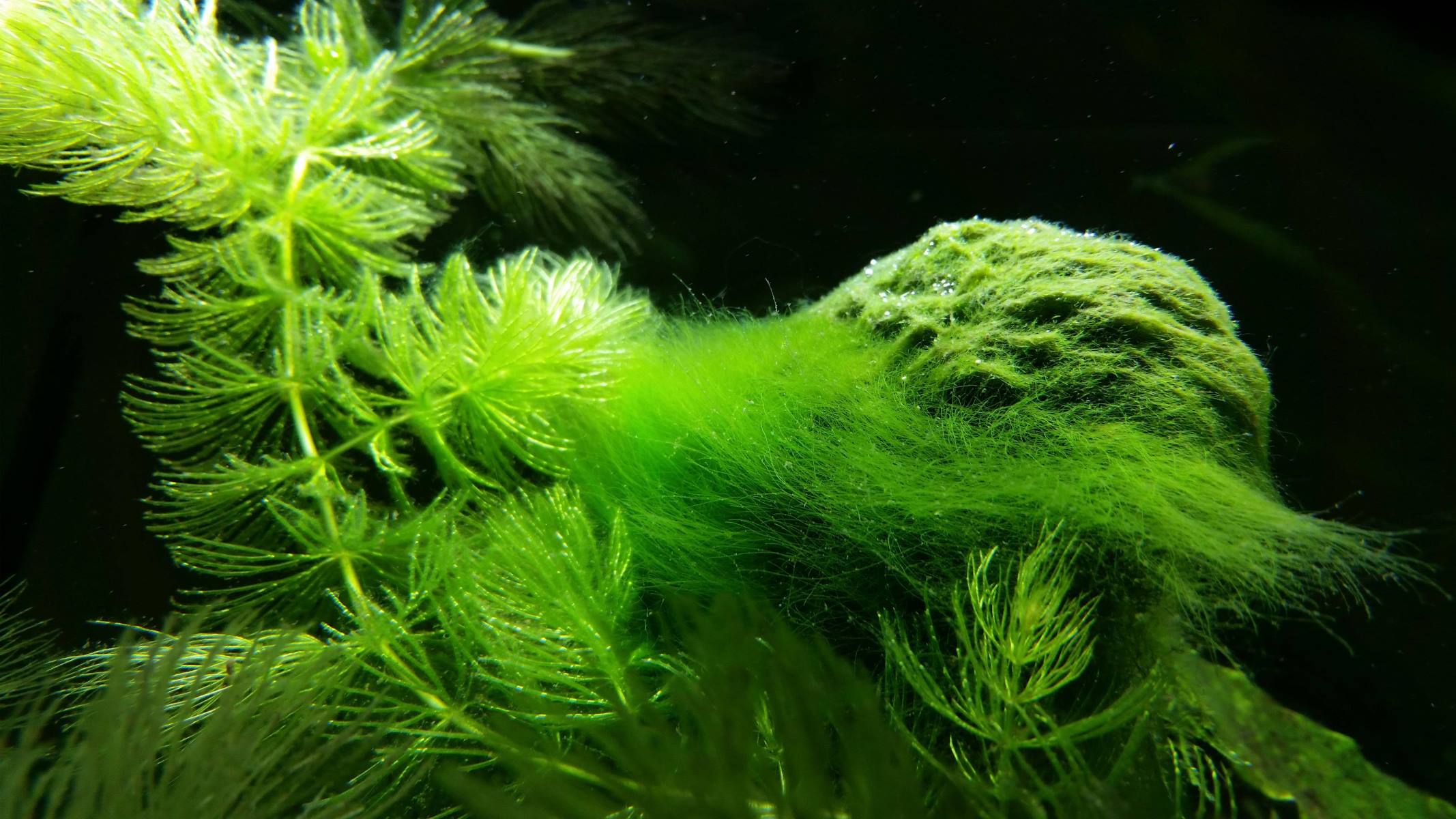
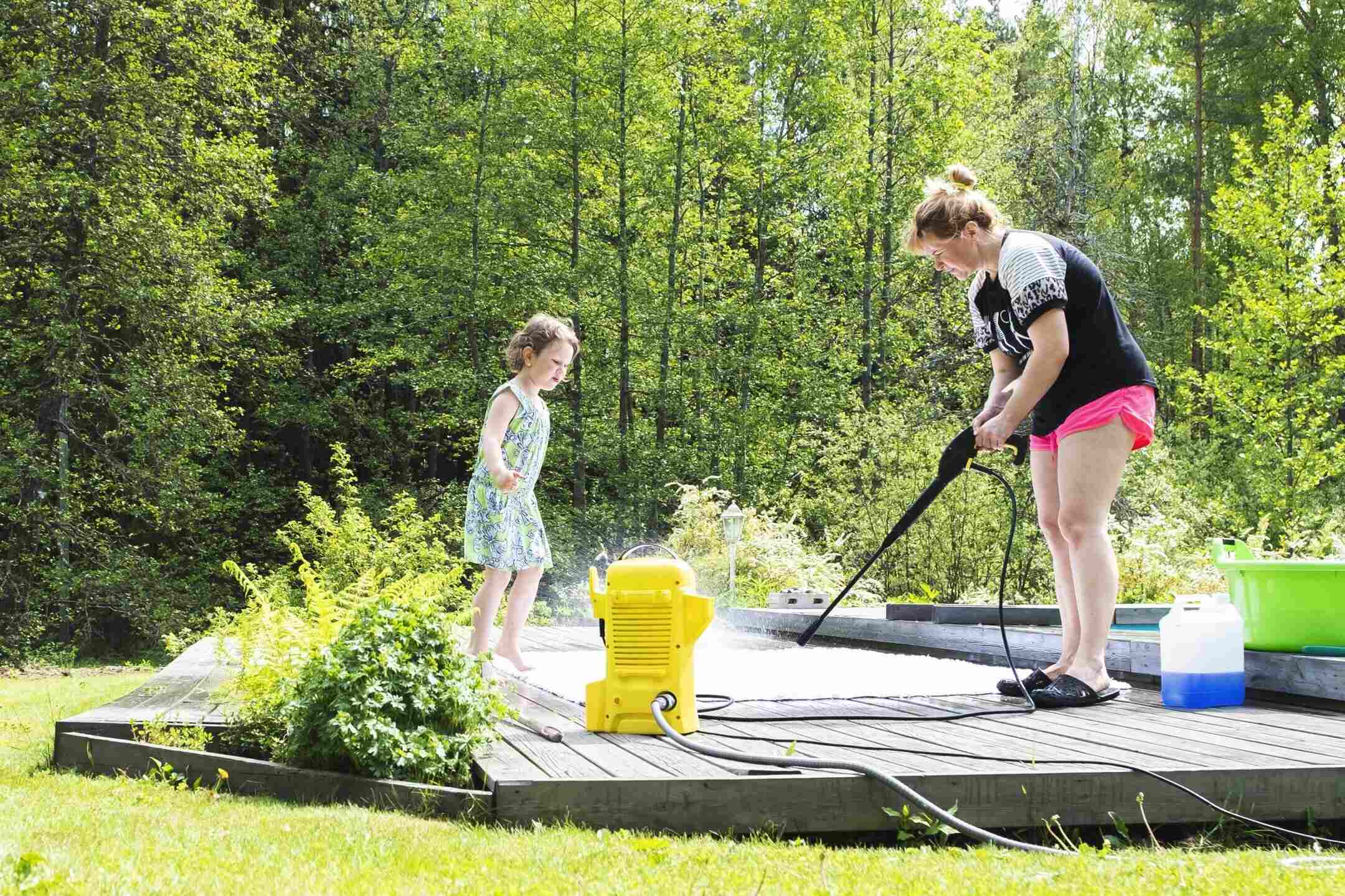
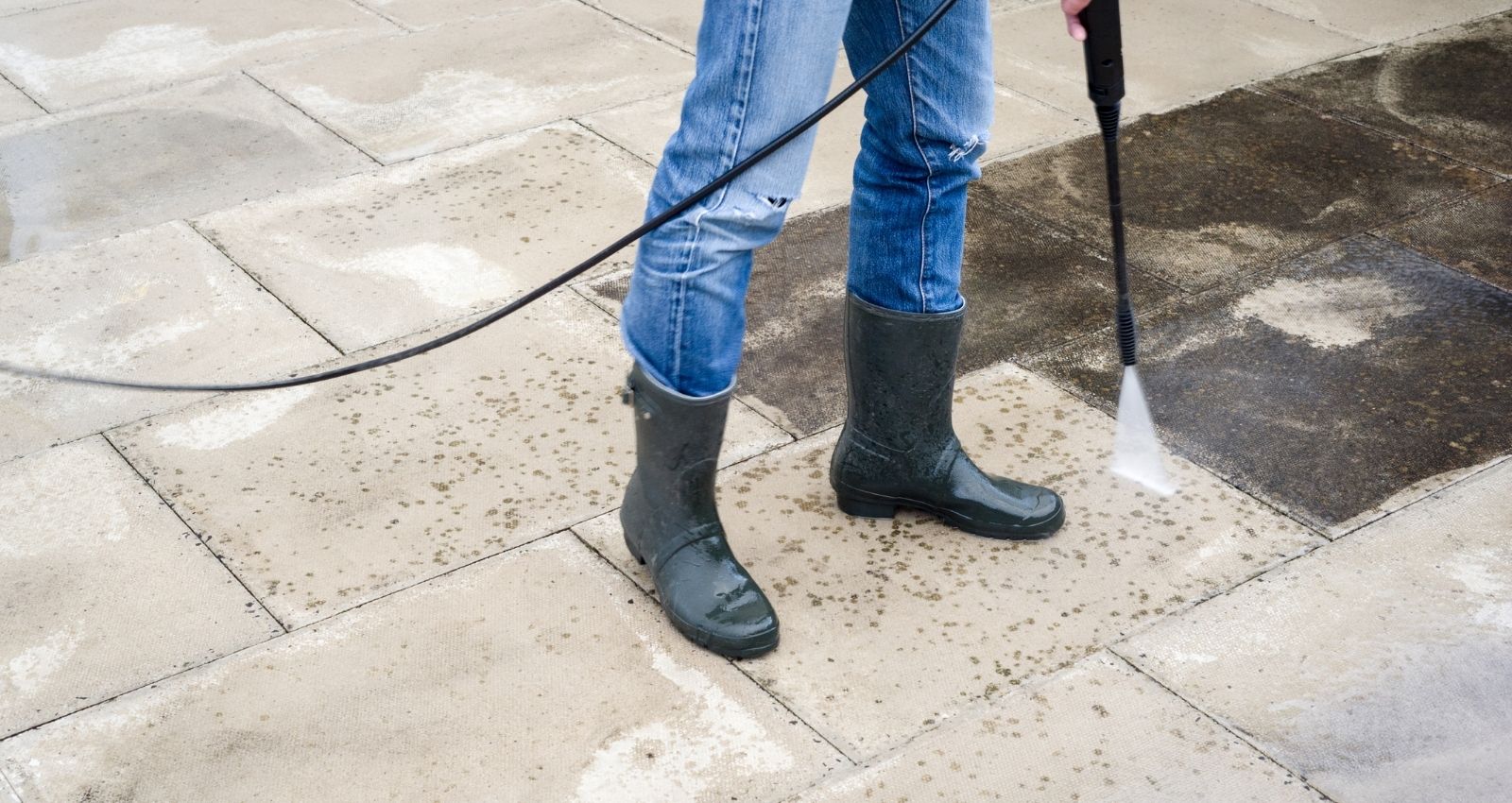
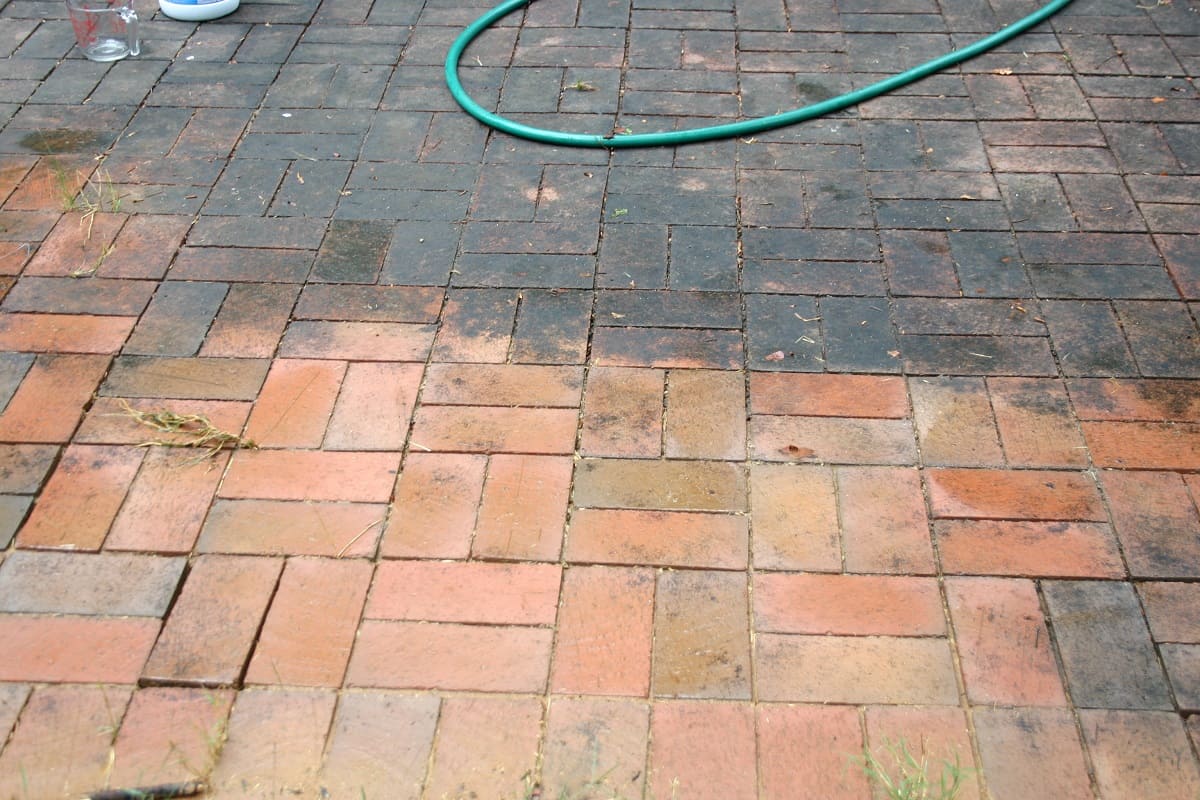
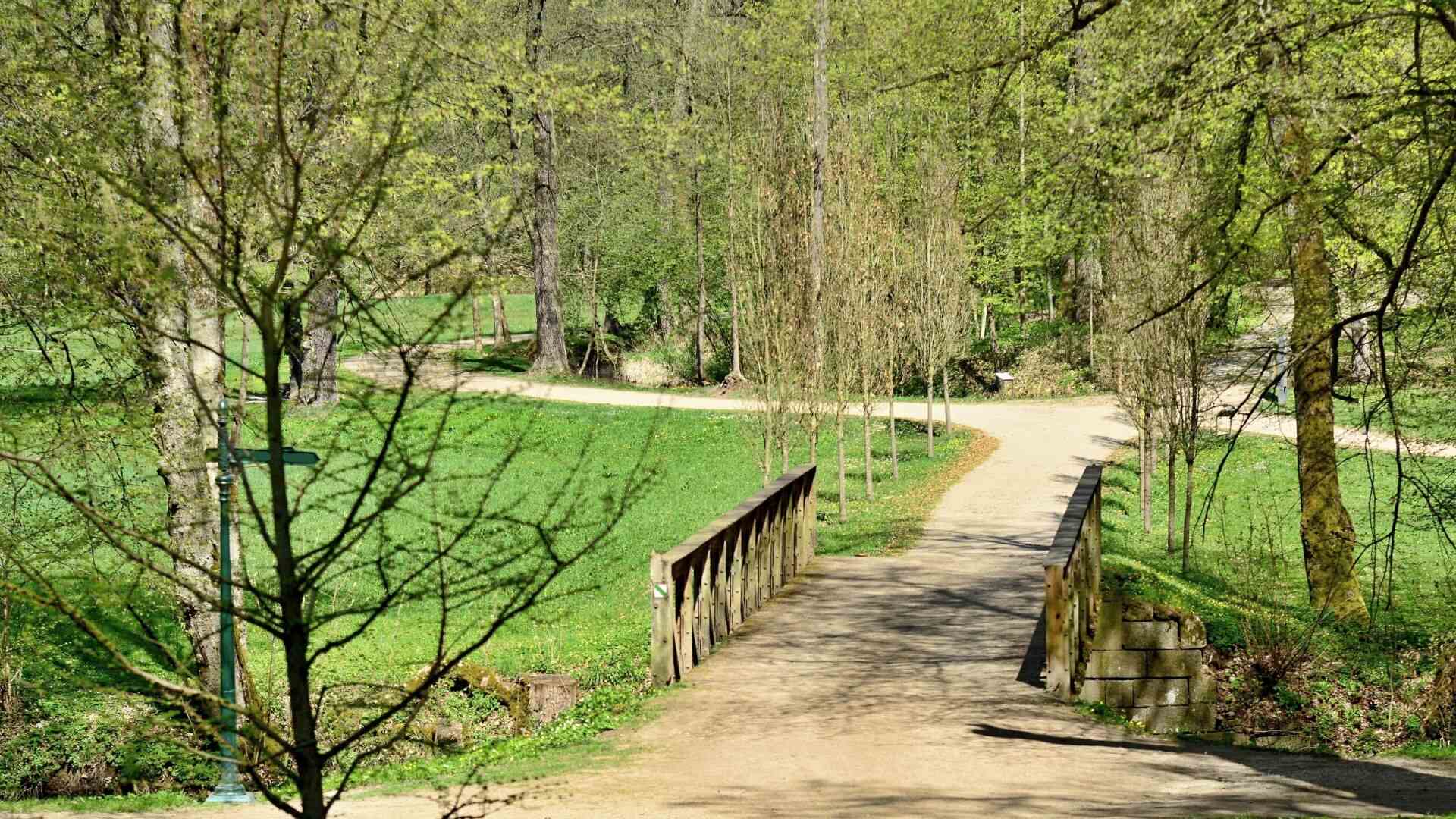
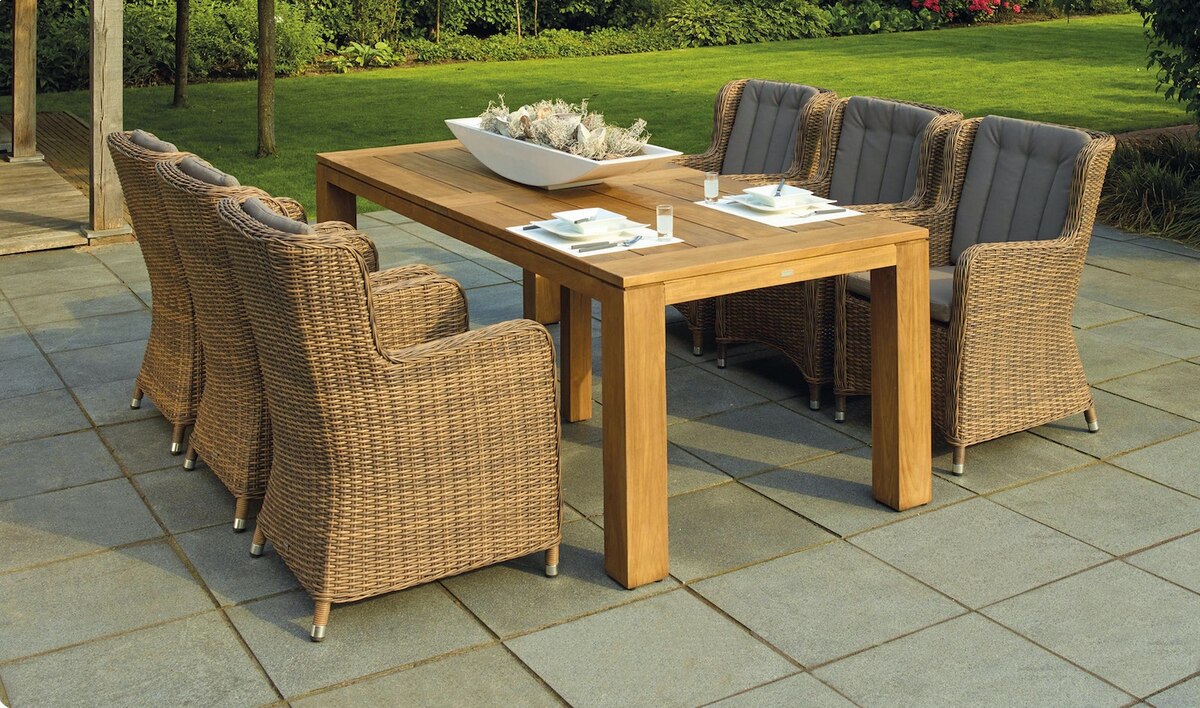
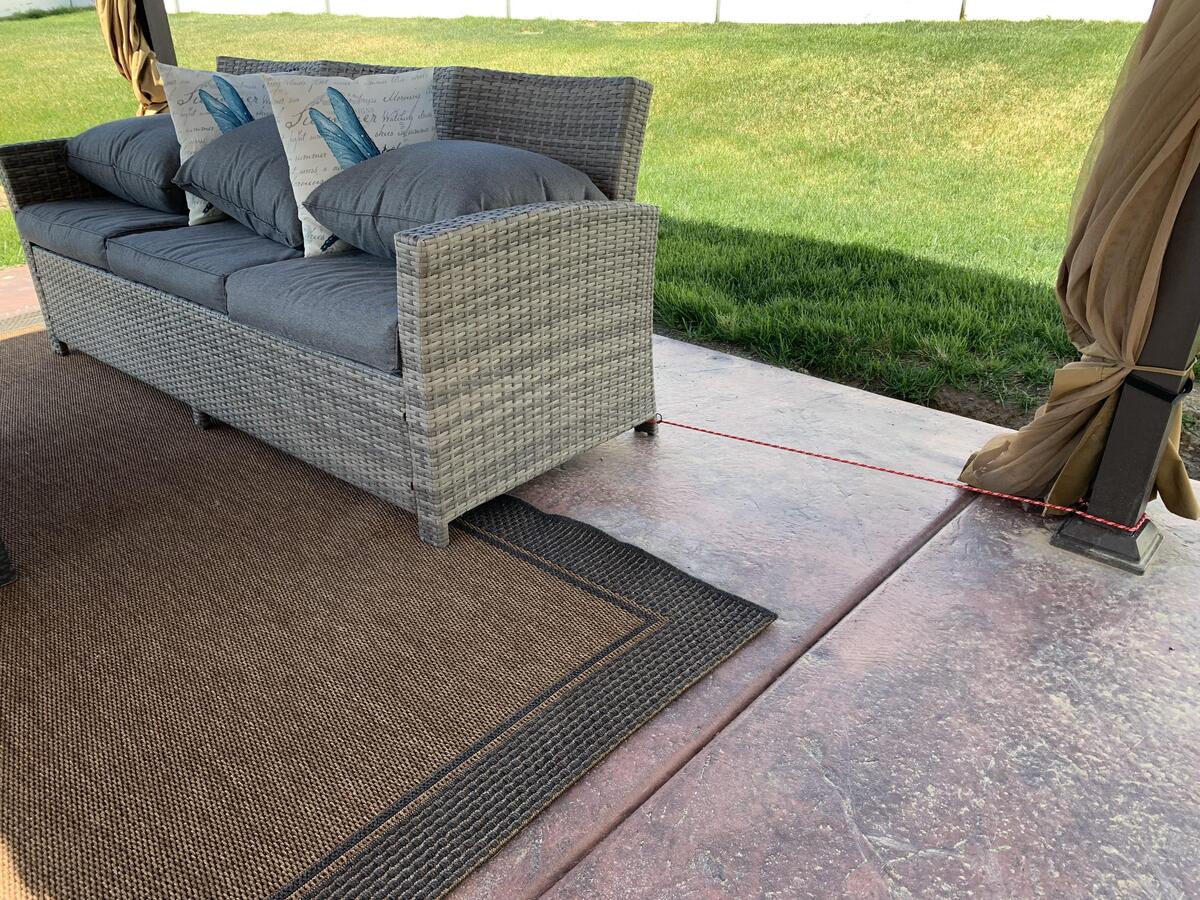
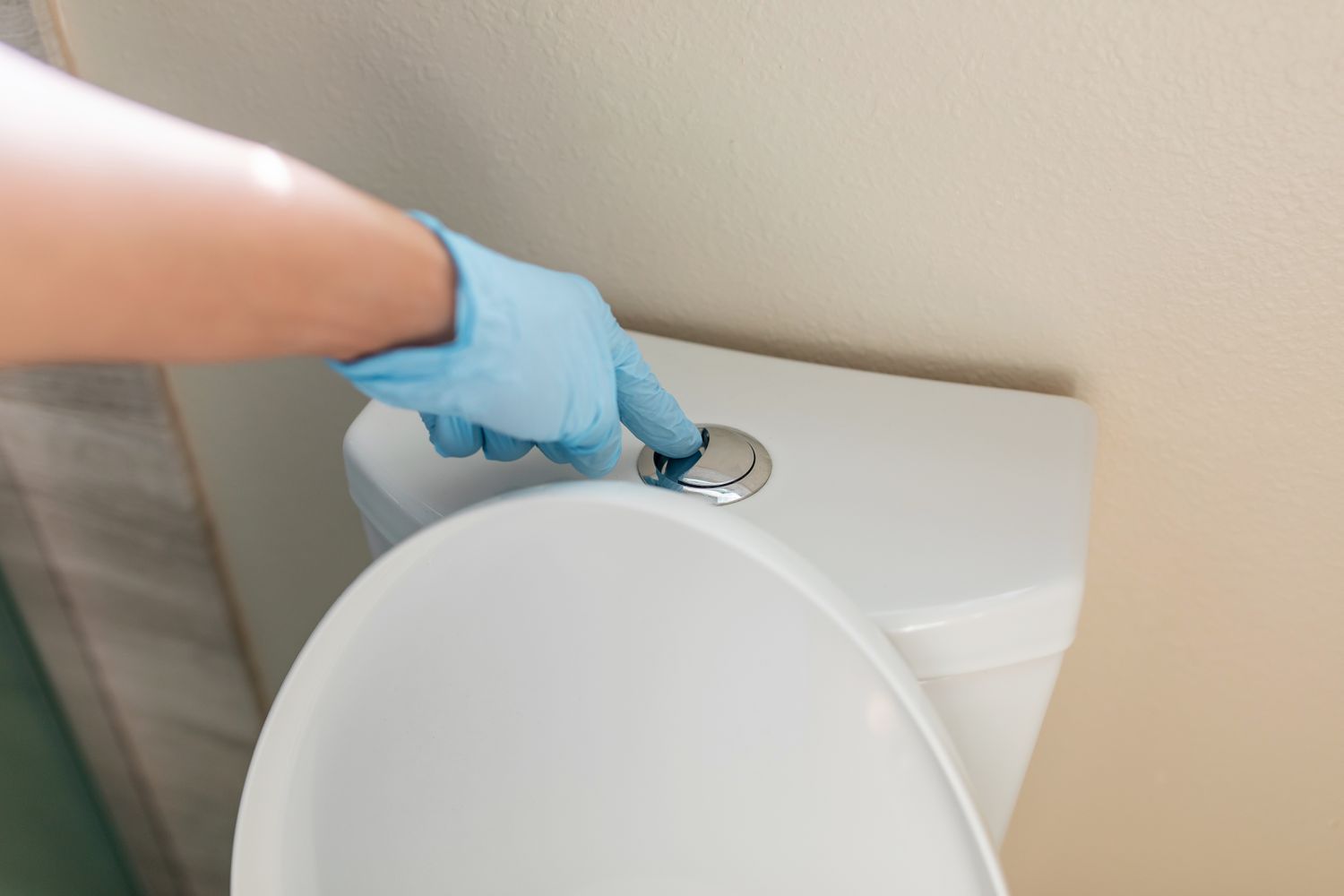
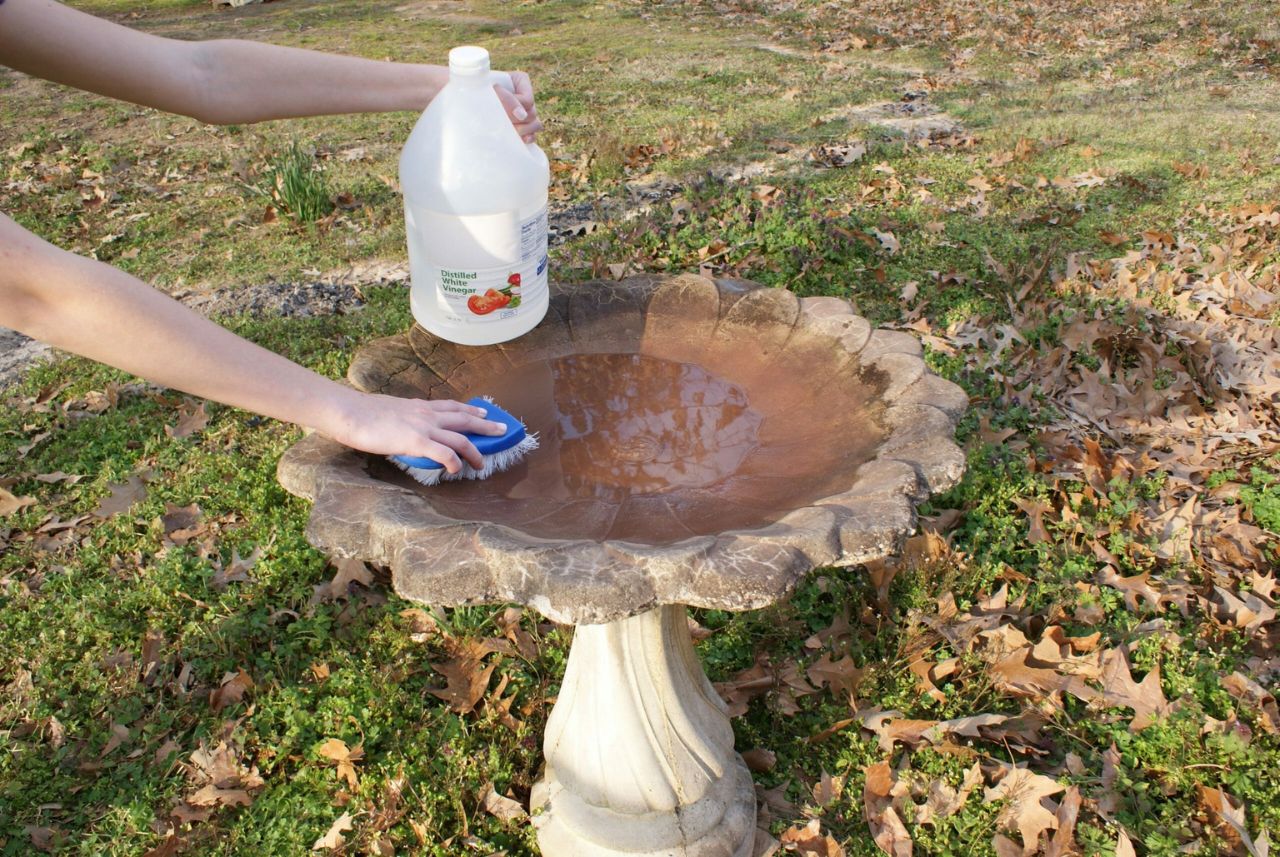
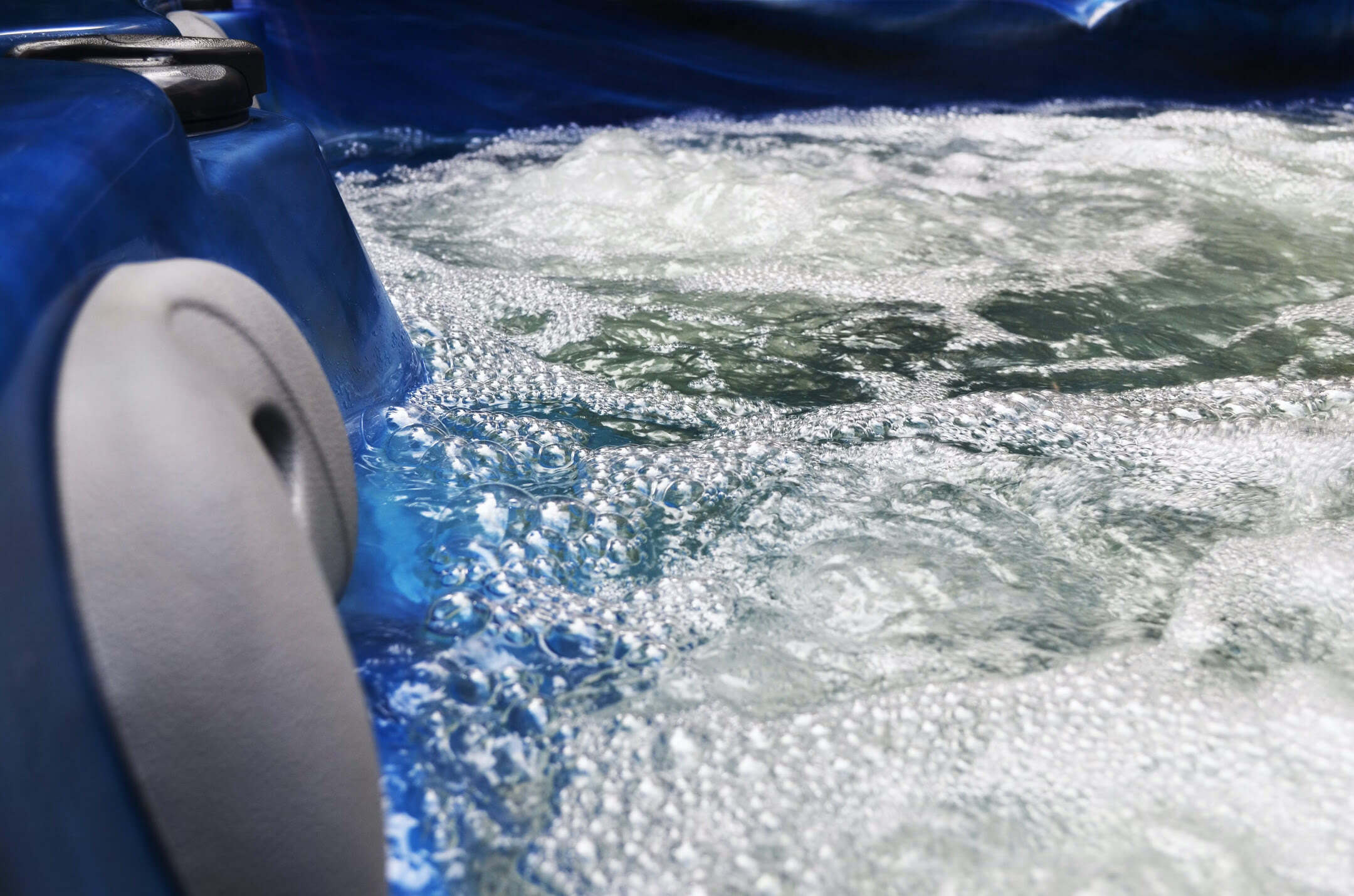
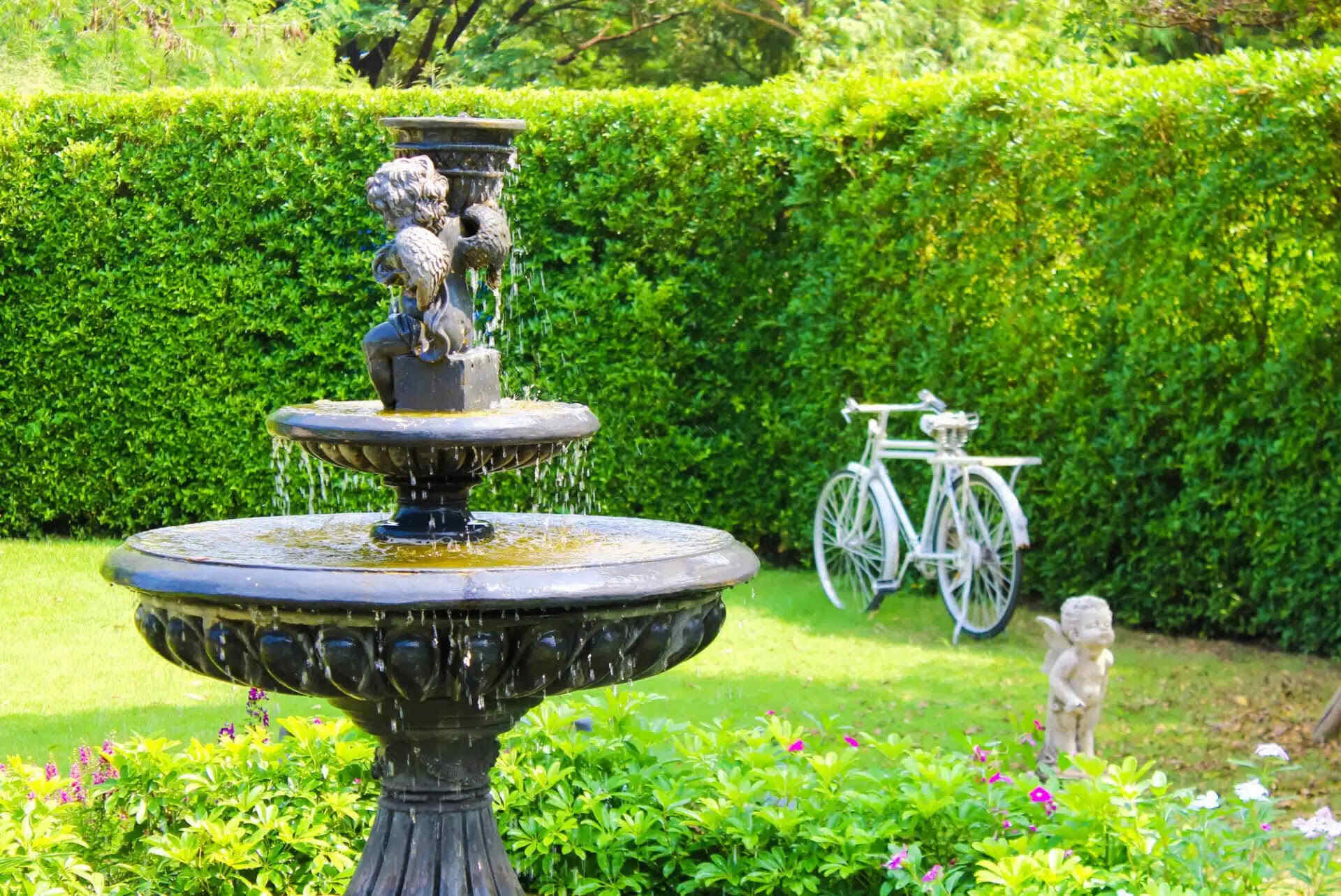
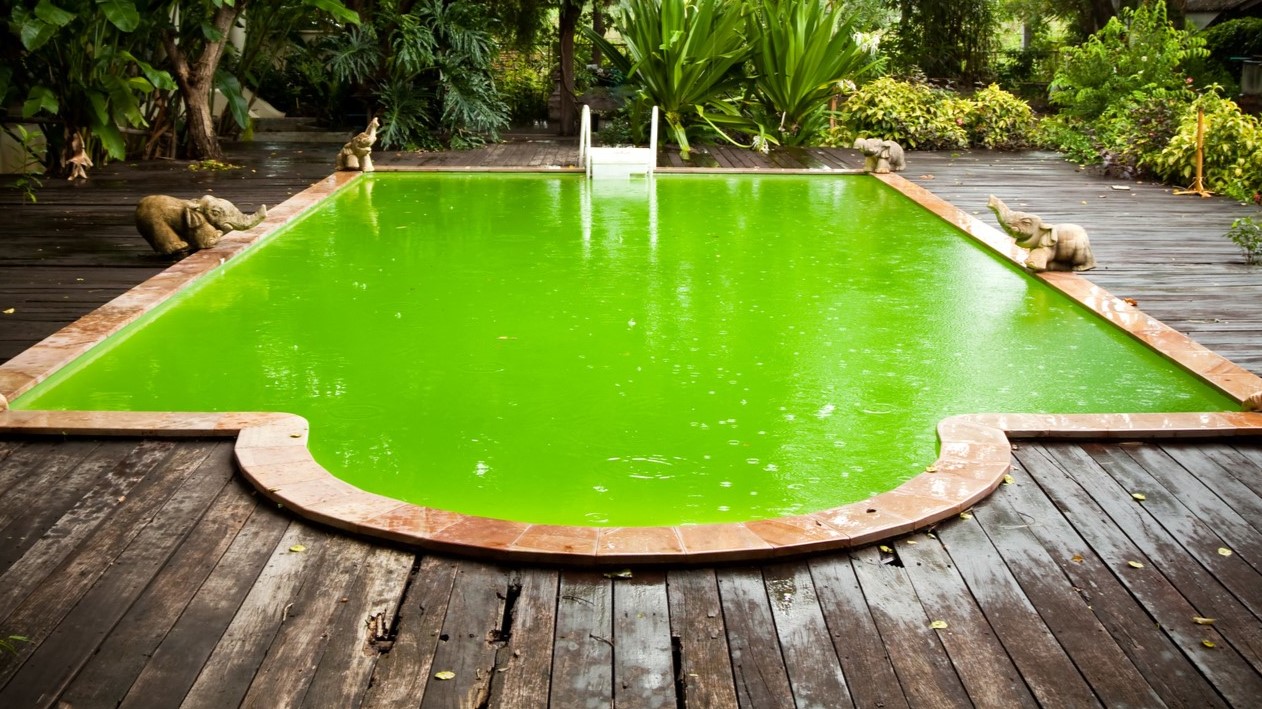
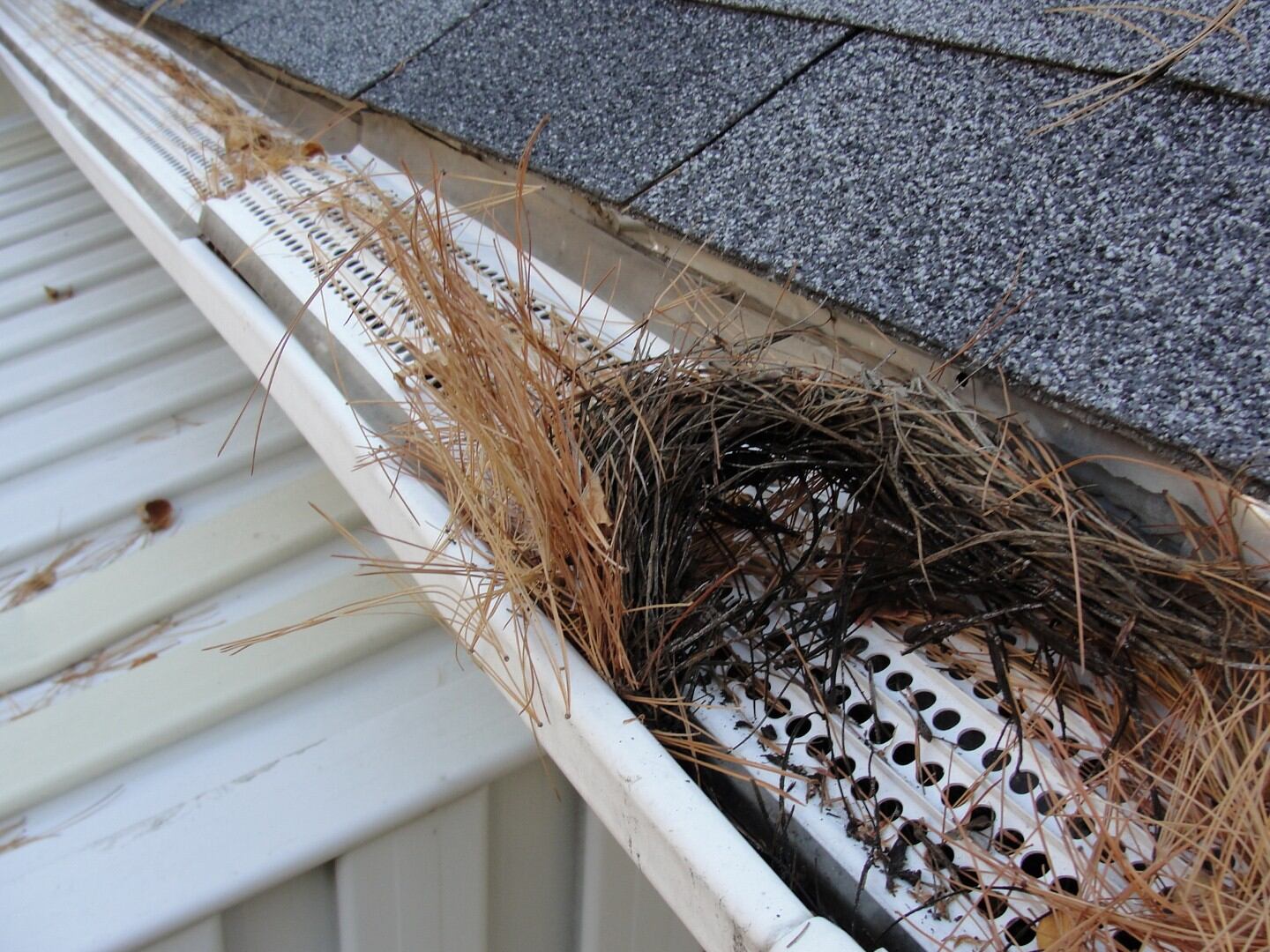

0 thoughts on “How To Prevent Green Algae On A Patio”